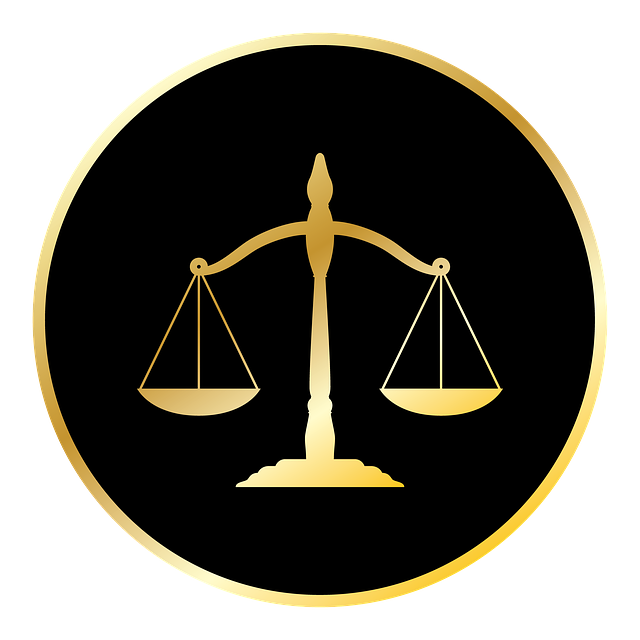Motorcycle helmet laws vary globally, with strict mandatory laws reducing injuries and fatalities, while lenient regions allow rider choice. Helmets significantly decrease TBI and fatal injuries, making them central to traffic safety. Governments mandating helmets prioritize rider protection, potentially lowering medical costs and legal settlements. Motorcyclists should go beyond legal requirements with maintenance, defensive riding, reflective gear, and knowledge of local laws to enhance safety in motorcycle accidents without helmets.
Motorcycle helmets are a crucial safety measure, offering vital protection in the event of an accident. Understanding and adhering to motorcycle helmet laws can significantly reduce serious injuries and fatalities. This article delves into the global perspective on these laws, examining their impact on rider safety. We also explore best practices for riders to enhance their safety beyond legislative requirements, as wearing a helmet remains one of the most effective ways to prevent severe injuries in motorcycle accidents without a helmet.
- Understanding Motorcycle Helmet Laws: A Global Perspective
- The Impact of Helmets: Reducing Serious Injuries and Deaths
- Best Practices for Riders: Ensuring Safety Beyond Legislation
Understanding Motorcycle Helmet Laws: A Global Perspective

Motorcycle helmet laws vary greatly around the globe, reflecting differing cultural attitudes and legal systems. In many countries, wearing a motorcycle helmet is mandatory for all riders, motivated by a strong emphasis on public safety. These nations have witnessed significant reductions in head injuries and fatalities among motorcyclists due to stricter enforcement of helmet regulations. Conversely, some regions have more lenient laws, allowing riders to choose whether or not to wear a helmet. This approach often stems from arguments regarding individual freedom and the potential for over-regulation.
Understanding these global perspectives is crucial when considering the impact of motorcycle accidents without helmets. In the event of a personal injury claim, especially in cases involving truck accidents, having a helmet on can be a significant factor in mitigating liability and securing compensation, such as those related to defective products. Legal systems that mandate helmets recognize the substantial role they play in protecting riders from severe injuries, which is a key aspect in any discussion around traffic safety.
The Impact of Helmets: Reducing Serious Injuries and Deaths

Motorcycle helmets are life-saving devices that play a pivotal role in reducing serious injuries and deaths during motorcycle accidents. When worn correctly, they provide a protective barrier between the rider’s head and the road surface, significantly mitigating the impact of a collision. Studies consistently show that wearing a helmet can decrease the risk of traumatic brain injuries (TBI) by as much as 30-40% and the overall risk of fatal injuries by nearly 75%. This simple yet powerful tool acts as a shield, absorbing and distributing the force of an impact, thereby buying precious time for the rider’s body to adjust.
The benefits are even more apparent when comparing motorcycle accidents with and without helmets. In cases of caregiver negligence or slip and fall injuries (which may not seem directly related, but can still involve high-speed falls), helmet usage can mean the difference between a minor bruise and severe, life-altering injuries. Moreover, while property damage claims may still arise from such incidents, the reduced risk of life-threatening injuries could lead to significantly lower medical costs and legal settlements. By mandating helmet use, governments are not only enforcing safety standards but also demonstrating a commitment to protecting riders and their families from catastrophic outcomes.
Best Practices for Riders: Ensuring Safety Beyond Legislation

Motorcyclists have a fiduciary duty to themselves to prioritize safety measures beyond what’s mandated by law. While helmet laws are essential in protecting riders from severe injuries in the event of a motorcycle accident without a helmet, proactive safety practices can significantly enhance their overall well-being. Wearing approved helmets that meet specific safety standards is just the beginning; riders should also maintain their bikes regularly to ensure optimal performance and incorporate defensive riding techniques to anticipate potential hazards on the road.
Additionally, being visible to other drivers is crucial. Riders should invest in reflective clothing and lighting systems for their motorcycles during nighttime rides or low-visibility conditions. Staying informed about local traffic laws and weather conditions can also mitigate risks. Remember, adhering to these best practices isn’t just about complying with legal obligations; it’s about fostering a culture of safety that goes beyond regulations and contributes to client recovery and overall community well-being.
Motorcycle helmet laws play a pivotal role in safeguarding riders from severe injuries and fatalities. By understanding global perspectives, we recognize the profound impact of helmets in reducing accidents and saving lives. While legislation is essential, fostering safety consciousness among riders is equally crucial. Embracing best practices beyond legal requirements can significantly enhance protection during motorcycle rides, ensuring a safer experience for all on the roads.






